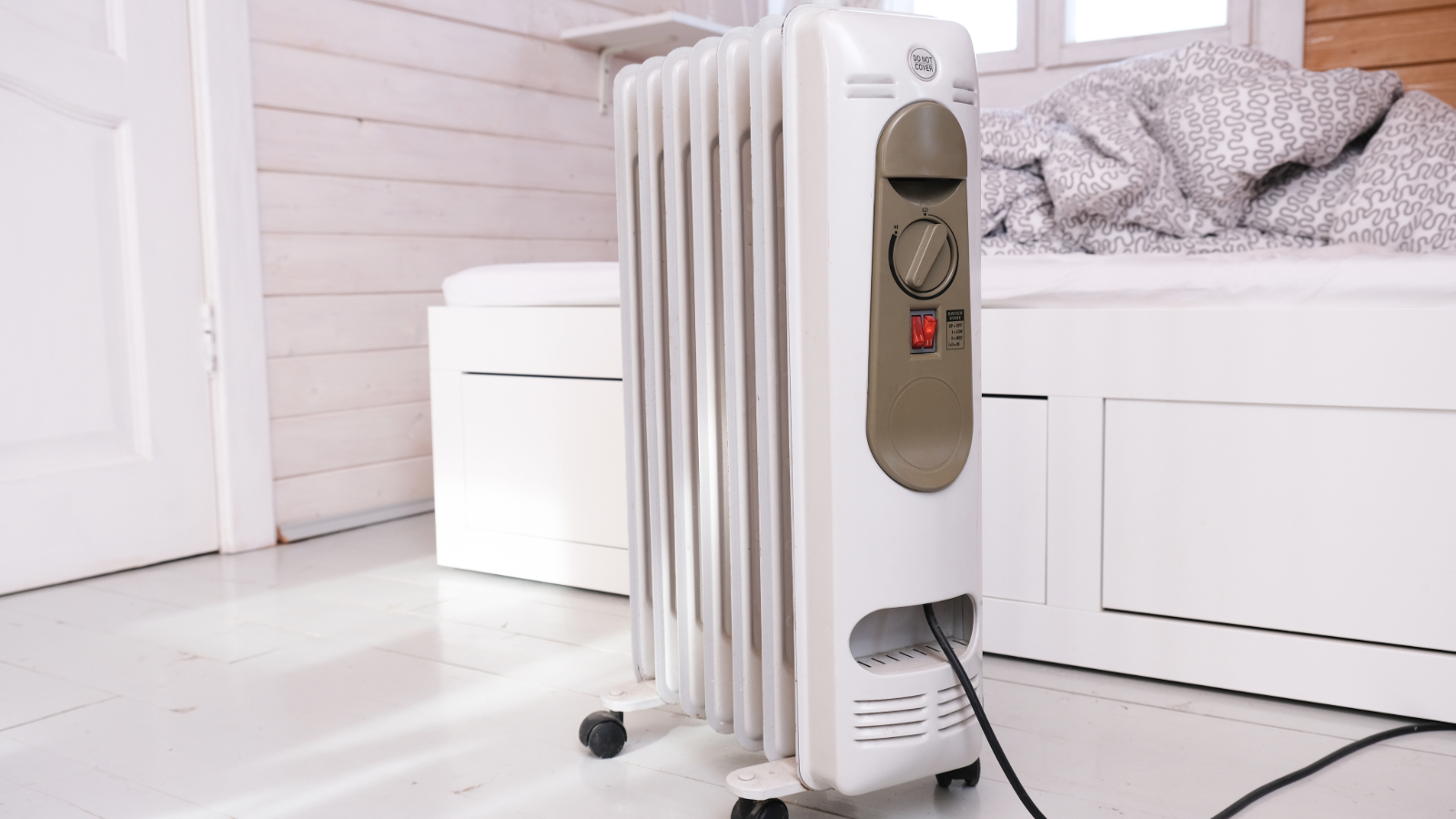Lighting temperature explained: How it helps create atmosphere and ambience in any space
Experts explain lighting temperature and how it can affect the feel of your home
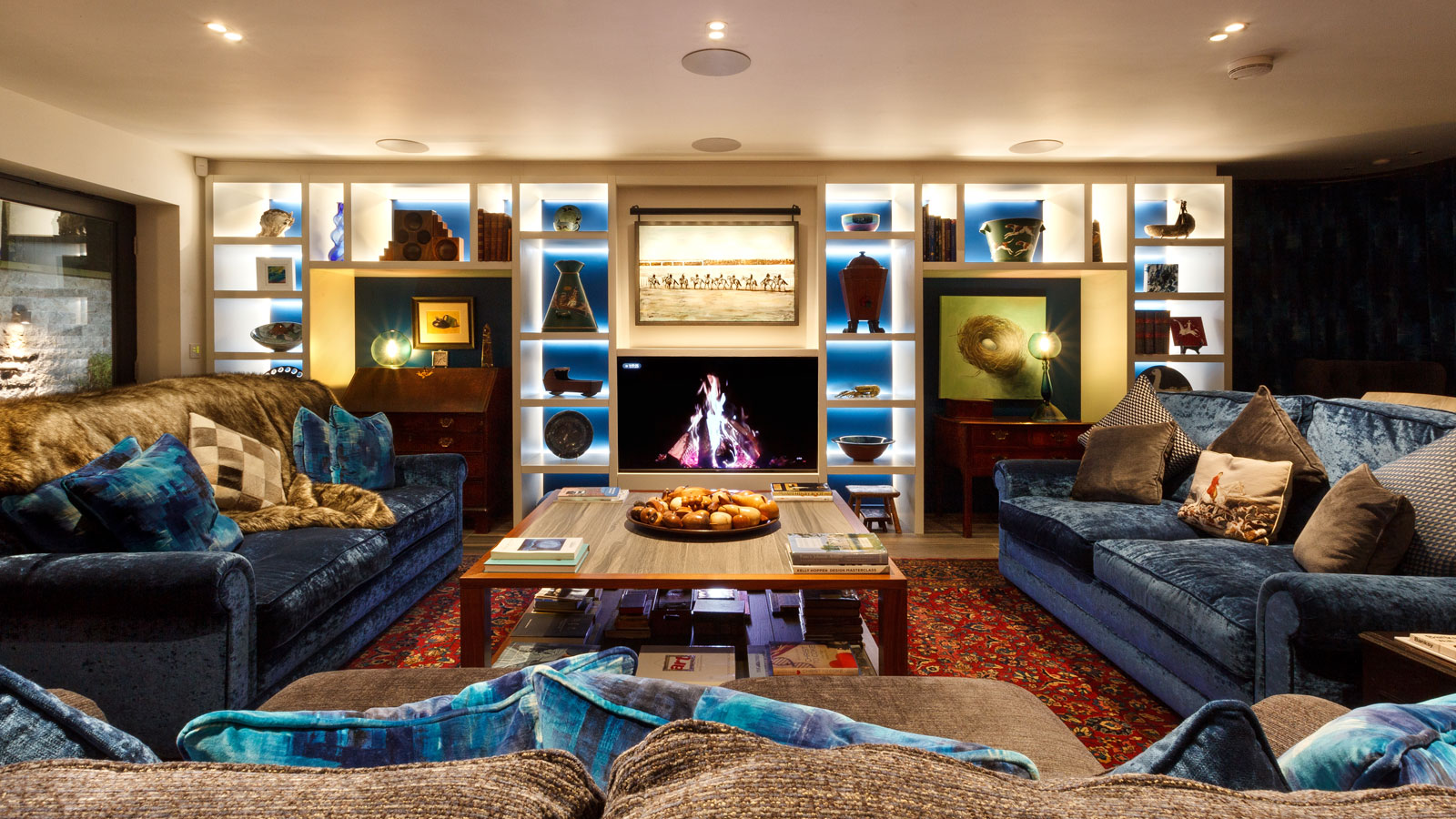
Do you know what lighting temperature is? It’s the science behind the level and colour of lighting you have in your home. If you want to create a laid back and relaxing mood in your living space, then a warm light works well. But if you are wanting a more intense vibe, then a cooler lighting temperature might be the answer.
When creating a lighting design in your home, lighting temperature is key to getting the right mood and atmosphere you want in different spaces. Melanie Shaw, design director of Brilliant Lighting, points out that the key to this is understanding how it works and knowing that lighting temperature is "measured in degrees Kelvin (K) with the light getting cooler going up the scale".
Here Shaw and other experts give you a deeper insight into how lighting temperature works and how to use it in your home.
What are the different lighting temperatures?

Melanie founded the award-winning lighting design company Brilliant Lighting in 2004. They specialise in creating stunning lighting, intelligent control systems and wonderful interiors for mid-high end residential clients.
When we talk about lighting temperatures we are not talking about the literal change in temperature in a room. A cool light won't actually make a room cooler while a warm light won’t heat up a room.
Melanie Shaw, Design Director at Brilliant Lighting offers a concise explanation, “Colour temperature can be thought of as a measure of how warm or how cool a light source appears.”
There is a range of lighting temperatures that are commonly found in the home as Shaw explains, “Warm LED lighting is in the 2700K to 3000K range with much cooler lighting in the 5000K to 6000K."
She adds, “We actually see the way the colour temperature of light changes through the day in natural daylight; contrast the cool blue light of early morning with the warm golden light in the early evening. The colour temperature of light affects us; cooler light wakes us up and keeps us alert, warmer colour temperatures are more relaxing.”
Why is lighting temperature important when it comes to home design?

Focusing on lighting that elevates and enlightens, is reliable and responsibly-made The Soho Lighting Company create superior lighting solutions enabled by innovative technology. Designed in London and hand-finished in Cornwall by skilled artisans, the lighting brings together the best of British talent and a considered approach to creativity.
While it's very much a personal thing what level of lighting you have in the home, personally I dislike bright light, it can have a significant impact on the mood and atmosphere in a space. A point reiterated by Lee Lovett, Co-Founder & Creative Director of The Soho Lighting Company, “Colour temperature is a decision that can make a big difference on how your lighting looks, and feels.” She adds, “Do you want your room to feel warm and relaxing? Or perhaps a warmer white for a relaxing, yet practical use in a room? Or maybe a bit of both?
Shaw suggests, “It’s important to think about how a space is going to be used and picture yourself living it in, working in, relaxing in it. The colour temperature of the light has a direct impact on how you will perceive the space.”
Mara Rypacek Miller, Founder of Industville adds,” It is crucial to consider each light respectively. For example, a warm white bulb (2,700-3,000K) is softer and creates an inviting ambience.”
Bring your dream home to life with expert advice, how to guides and design inspiration. Sign up for our newsletter and get two free tickets to a Homebuilding & Renovating Show near you.
Make poor decisions on your lighting temperature choices in your home and you can totally change the feeling and atmosphere in a space. Which can even have a subtle psychological effect and in some cases a physical effect. For example, cold lighting in a bedroom, which may affect your sleep patterns.
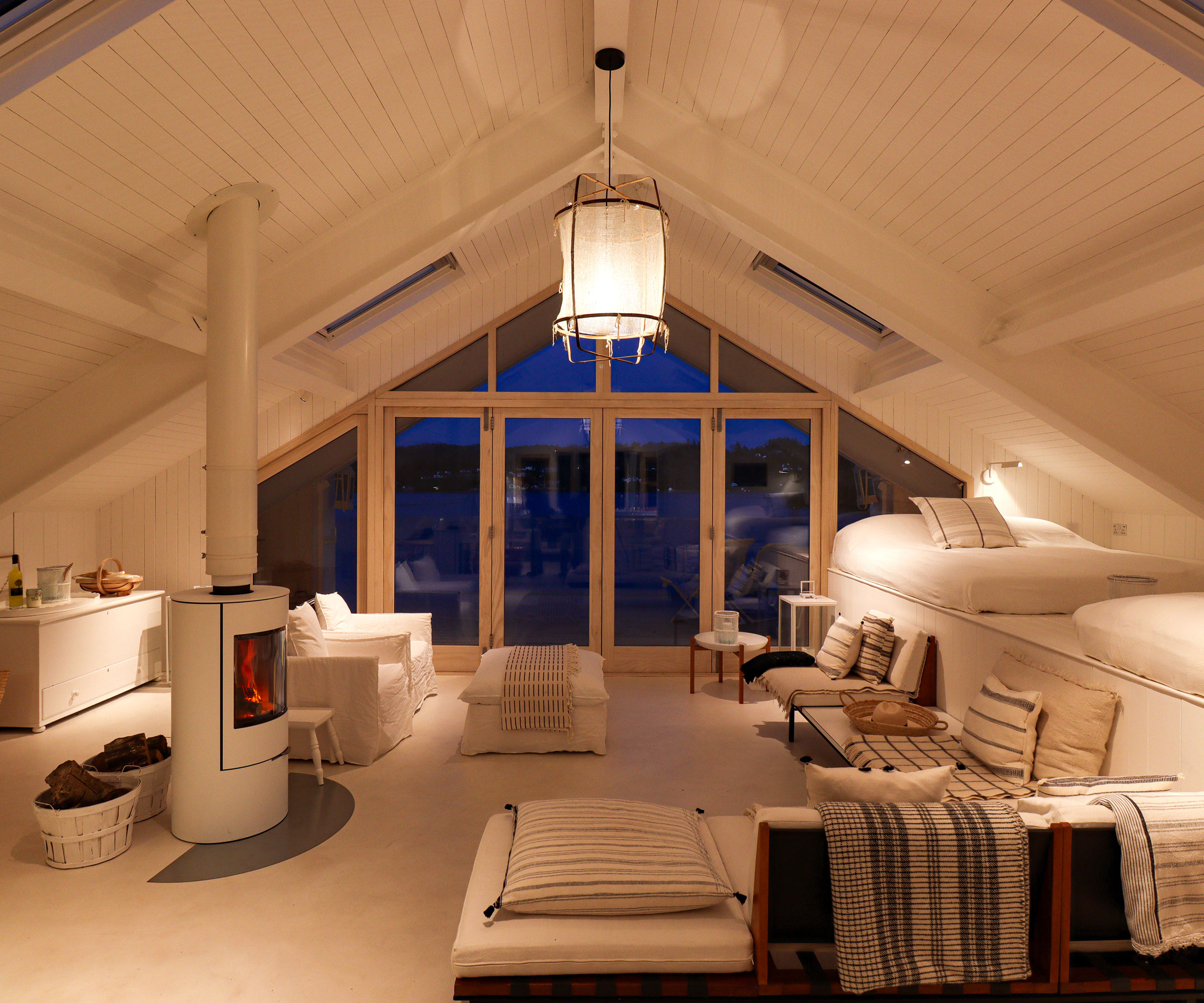
What lighting temperature is typically most popular in the home?
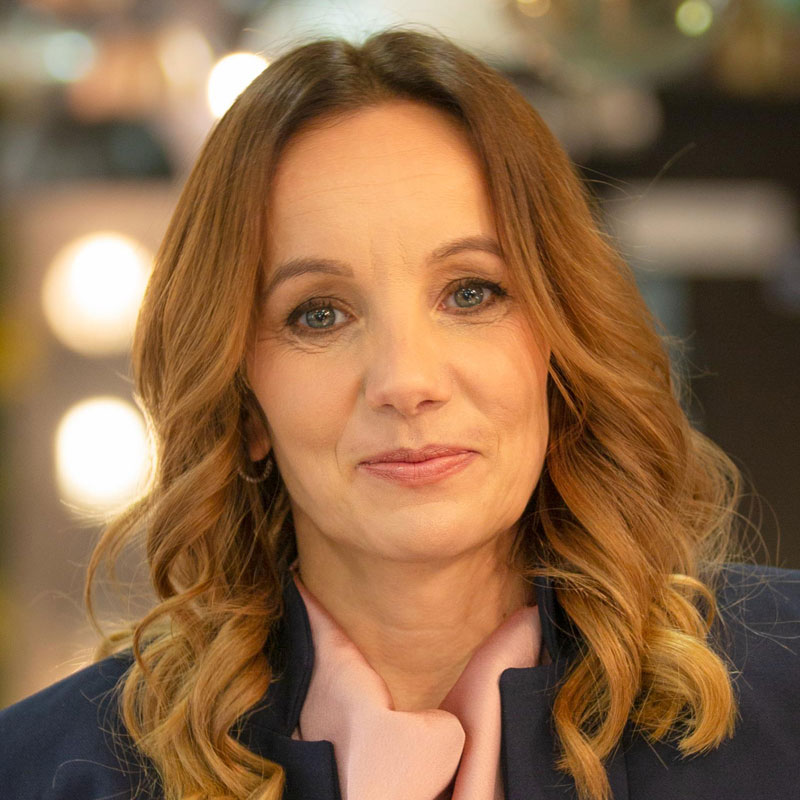
Mara combines her commercial expertise with a deep commitment to creating high-quality, handcrafted lighting and furniture. Each piece is designed in-house by the Industville team and encapsulates a harmonious blend of traditional craftsmanship, exceptional quality, and contemporary style, embodying sustainable luxury.
Probably without even realising, the lighting temperature is warm and cosy in most homes as Shaw shares, “The most common colour temperatures in the home in the UK are 2700K to 3000K (very warm to warm). That range offers a degree of warmth in the lighting without it being overly yellow.” But of course, there are other temperatures that are used around the home.
She adds, “While 2700K tends to be our typical colour temperature for most residential applications we might use cooler temperatures for a home gym. Other spaces that lend themselves to 3000K are kitchens and shower rooms."
Mara Rypacek Miller delves into what higher temperatures can add to a space, “Cool whites (4,000-5,000K) offer cleaner, crisper light so are better to enhance spaces of concentration and to be used as specific task lighting in rooms like kitchens, bathrooms or offices.”
She adds, “For maximum clarity and brightness, daylight bulbs (5,000-6,500K) mimic natural daylight, making them great for workspaces, garages, or any area where precision is needed.”
Lovett offers a practical solution to creating different temperatures in the same space, “Colour temperature changing downlights are a smart choice for interior design as you can switch the settings and change your colour temperature with a flick of a switch. From daylight-like lighting for tasks, to a warm and inviting glow for a relaxing evening.”
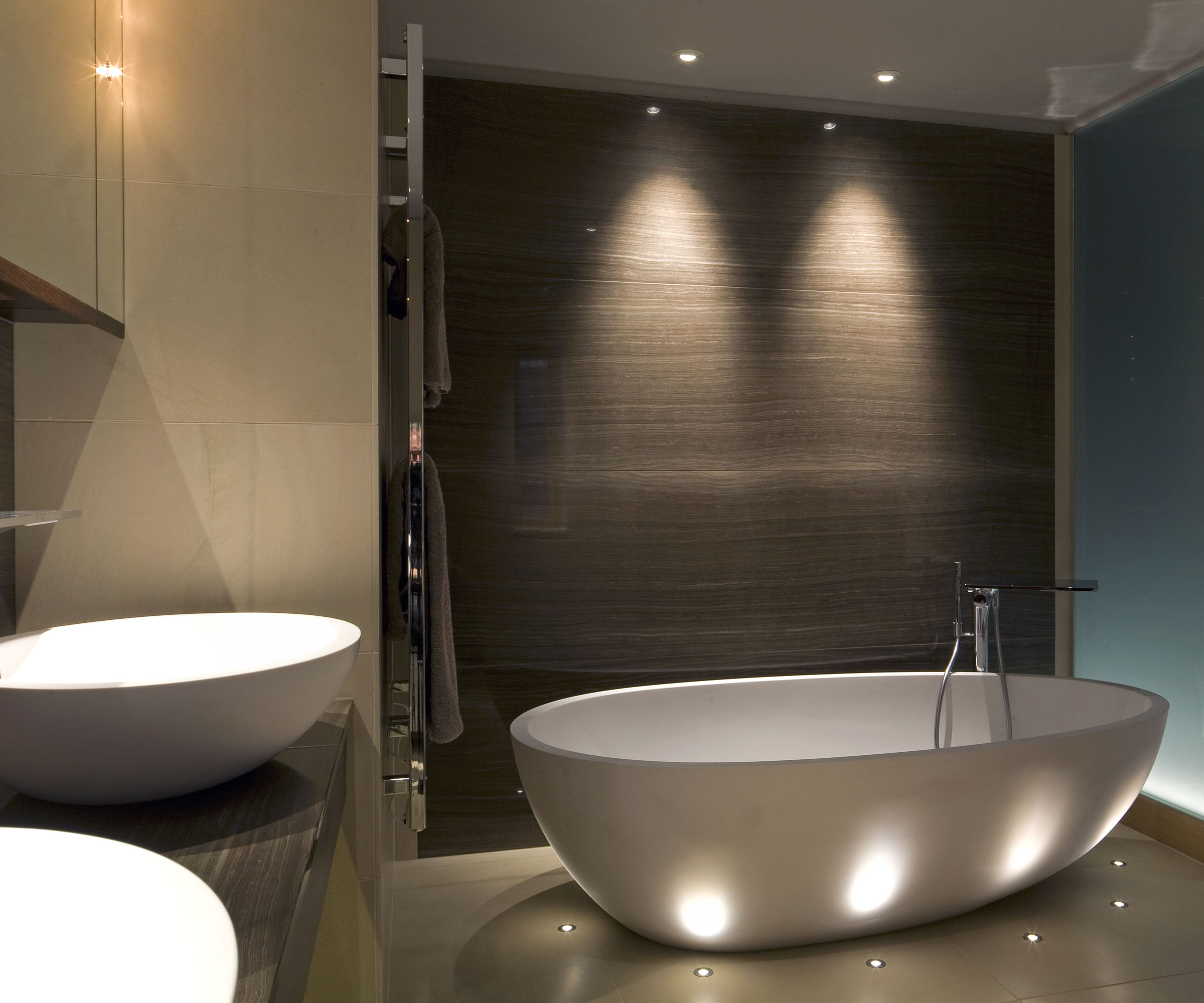
How can you layer lighting of different temperatures to create your interior scheme?
Can you create different temperatures in different areas of the same space? Think kitchen diner where you might want cool lighting above the kitchen worktops and warm lighting above the dining table.
The experts suggest it's not impossible, but it's not simple. Miller says, “Mixing colour temperatures in the same space can be difficult to balance and can create tension.” So what should you do? “Ideally you should try to achieve soft changes between colour temperatures for a more homogeneous feel. If this isn’t possible, try to isolate distinct zones in the space.” Like a kitchen diner.
She also offers a word of caution, “Don’t forget to consider the colour of the bulb or fixture itself as this may affect the colour temperature of the light”. She adds, “Amber glass bulbs and mocha glass pendants provide a warmer glow than clear glass.”
Shaw is in agreement saying, “Varying colour temperatures across a space can be visually very distracting.” So what does Shaw suggest? “We spend more time trying to match colour temperatures to provide harmonious lighting scenes.”
She continues with examples, “Extreme examples of this can be seen in spaces where candle light is a significant source of light. We’ve used filters on LED lighting to give an exceptionally warm glow in an antique dresser of porcelain and silver where all the other light sources in the room were candles or old picture lights.”
Shaw includes another example, “A wider case is where we have a particularly dark space to light and we want to give it bright daytime lighting as well as warmer, evening light.”
She continues, “In one extremely dark kitchen we designed a scheme using separate circuits of punchy, high-output dimmable LED linear fittings at 2700K and 4000K. The circuits are mutually exclusive, one is used for the daytime, the other in the evening. The two separate sets of circuits are never on at the same time. It works well and makes the space liveable and workable in the daytime.”
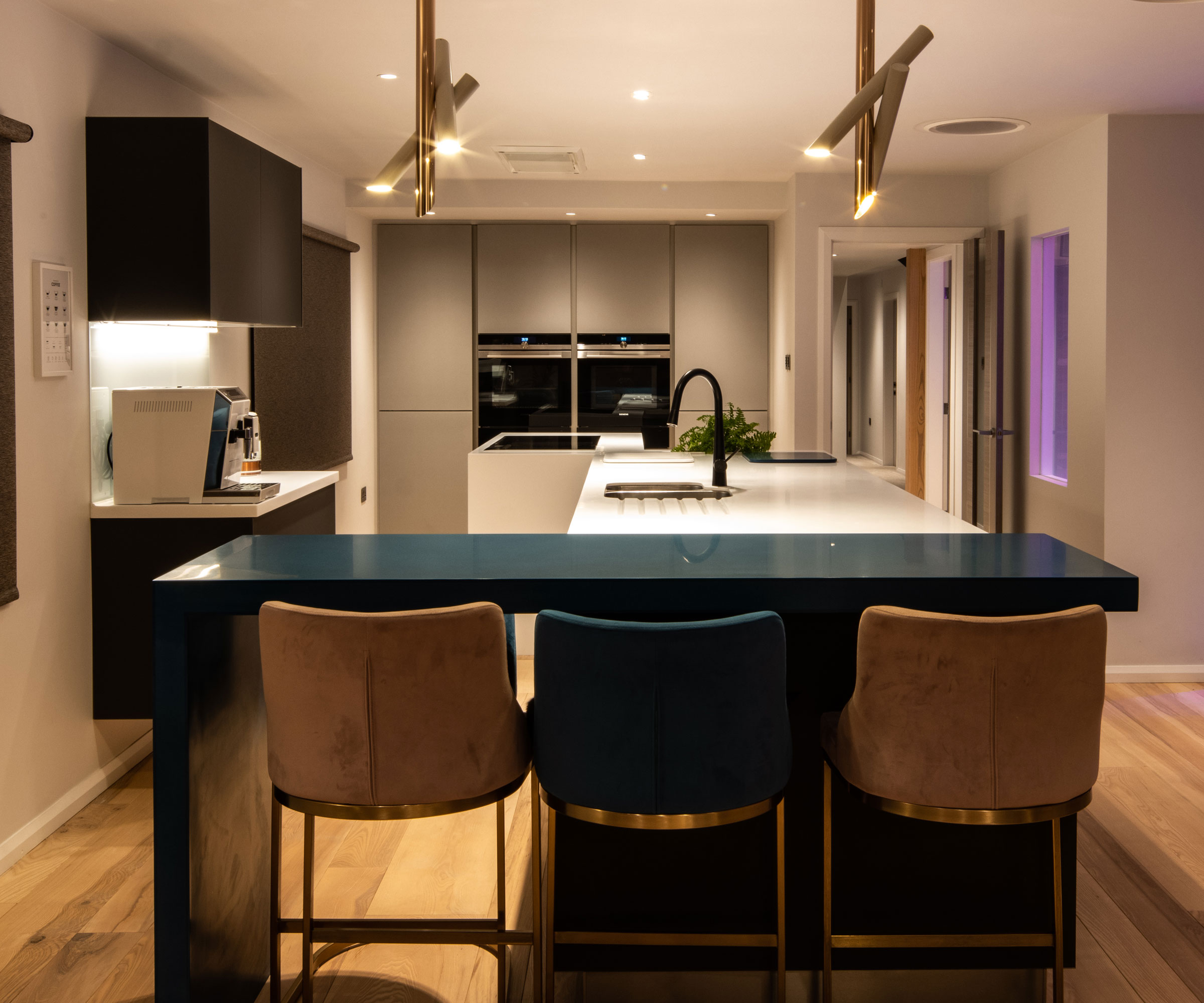
FAQs
Should I consider lighting temperatures outdoors?
Yes. Whether you are looking to light up a patio, pool, deck or paths you should consider what is the best colour temperature for the purpose of the lighting and the atmosphere you want to create.
A warm light (2700K) is a good choice for creating a comfortable and inviting atmosphere on patios and decks. Brighter lights (5000K-6000K) are for areas that need a more intense light like steps or pathways or outdoor security lights.
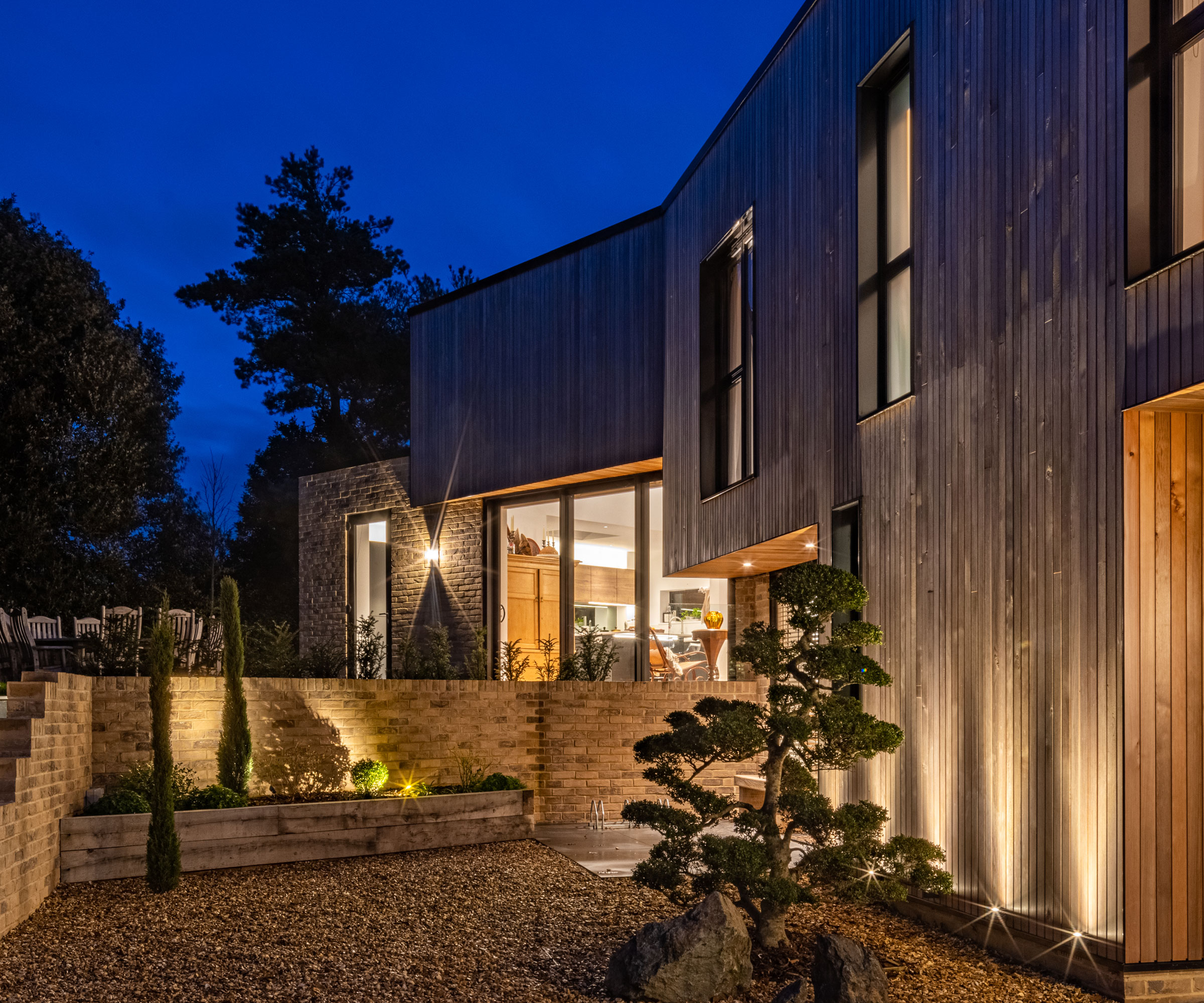
What about Colour Rendering?
Never heard of Colour Rendering? It's part of a conversation to have when thinking about lighting temperatures as Melanie Shaw explains what it is, “Where colour temperature measures the warmth or otherwise of light, colour rendering is about the quality of the light and how accurately it shows colours compared to sunlight.”
Colour rendering is measured on a scale called Colour Rendering Index (CRI) which runs from 0-100 with 100 being the highest degree of accuracy. How does it work with lighting temperature?
Shaw tells us more, “It’s the combination of extremely good colour rendering and the correct colour temperature that really makes good lighting work." She adds, "A warm 2700K LED fitting with a low CRI will not display colours accurately. Materials, finishes, foods etc. will look drab. In contrast fittings with high CRIs (and we use fitting with CRI of 98+) will make spaces vibrant and colourful.”
You can use many different types of lighting fixtures to help create the atmosphere you want in a space. Check out our Ceiling lighting ideas, 10 Gorgeous lighting Ideas for vaulted ceilings and 17 Elegant lighting ideas for dining rooms for some inspiration.
Steve Jenkins is a freelance content creator with over two decades of experience working in digital and print and was previously the DIY content editor for Homebuilding & Renovating.
He is a keen DIYer with over 20 years of experience in transforming and renovating the many homes he has lived in. He specialises in painting and decorating, but has a wide range of skills gleaned from working in the building trade for around 10 years and spending time at night school learning how to plaster and plumb.
He has fitted kitchens, tiled bathrooms and kitchens, laid many floors, built partition walls, plastered walls, plumbed in bathrooms, worked on loft conversions and much more. And when he's not sure how to tackle a DIY project he has a wide network of friends – including plumbers, gas engineers, tilers, carpenters, painters and decorators, electricians and builders – in the trade to call upon.

